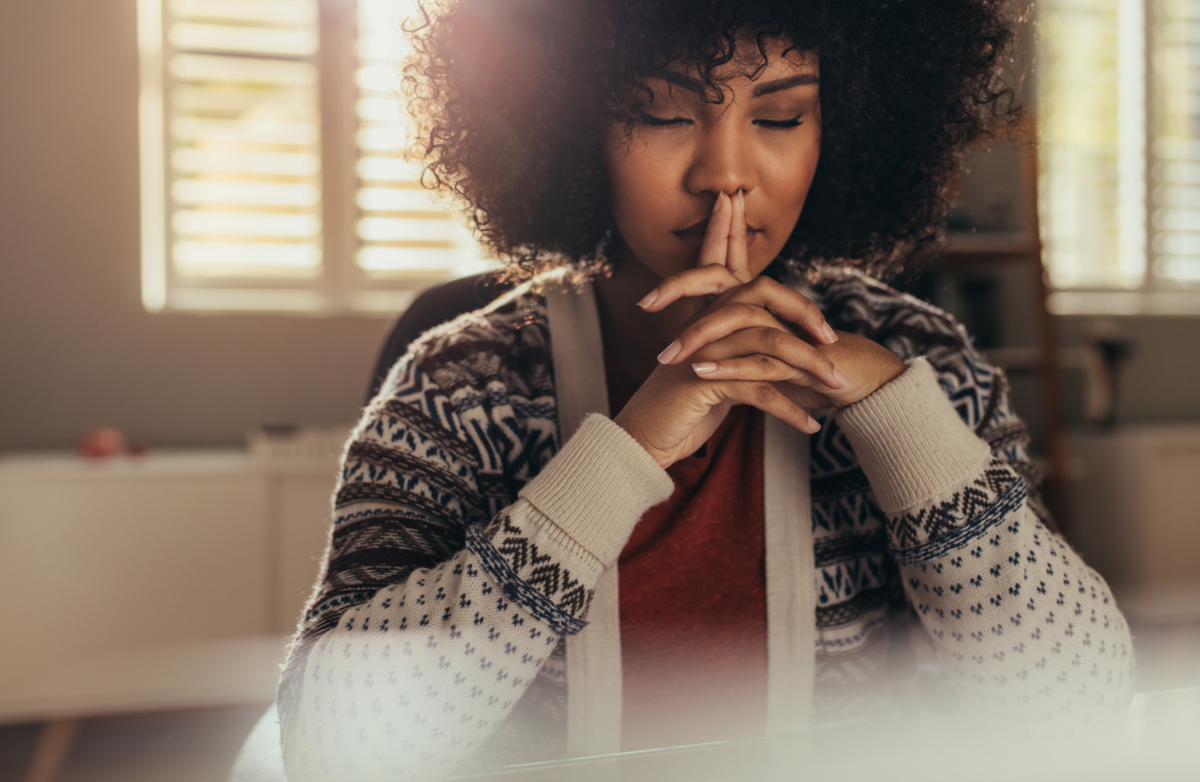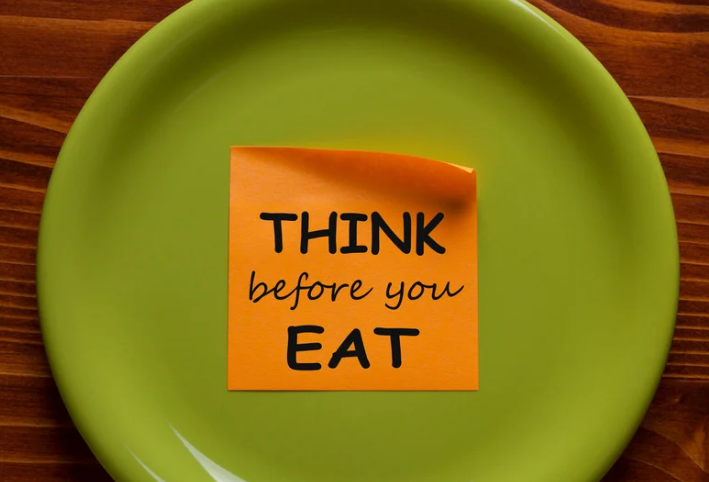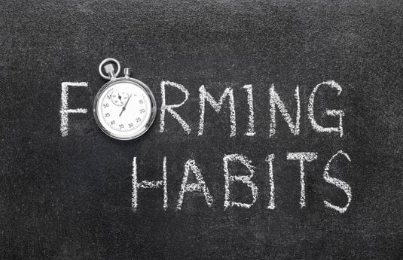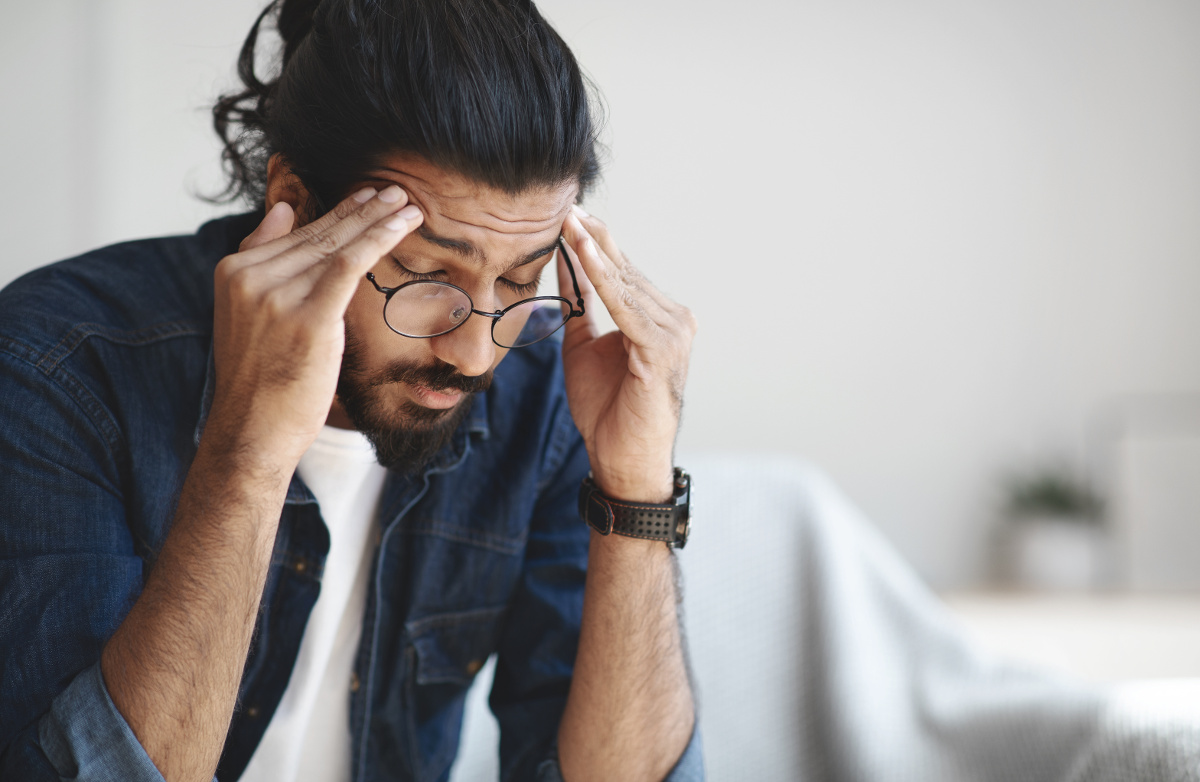If you’ve been diagnosed with high blood pressure, it’s likely you’ve experienced a range of emotions. Perhaps the news was a complete surprise, or maybe you knew it was coming but the diagnosis is still hard to believe. Either way, it’s important to know you are not alone. Almost half of American adults have high blood pressure and only about one in four have it under control. Referred to as the “silent killer", it’s common to have high blood pressure without any symptoms.
After your diagnosis, your doctor will likely work with you to create a treatment plan. In addition to listening to what they have to say, it’s important to ask questions. Not only will it help you gain a better understanding of the condition and what can be done to get it under control, but this small act of advocating for your health will help empower you to make those important lifestyle changes.
1. What is high blood pressure?
High blood pressure, also referred to as hypertension, occurs when the force of blood against the artery walls becomes too high. Over time, this can lead to health problems such as heart disease, which occurs as the walls of the arteries become less elastic thereby decreasing blood flow and oxygen to the heart.
2. What are some common causes of high blood pressure?
- A diet high in salt, fat and/or cholesterol
- Lack of physical activity
- Chronic conditions such as kidney and hormone problems, diabetes and high cholesterol
- Genetics
- Older age
- Overweight or obese issues
- Race
- Medications
- Stress
- Tobacco use or drinking too much alcohol
3. What do the two blood pressure numbers mean and what is considered normal?
The top number is your systolic blood pressure, which measures the pressure in your arteries when your heart beats; the bottom number is your diastolic blood pressure measuring the pressure in your arteries when the heart rests in between beats. The unit of measurement for blood pressure is millimeters of mercury (mm Hg).
| Systolic | Diastolic | |
| Normal | <120 mm Hg | <80 mm HG |
| Elevated | 120-129 mm HG | <80 mm HG |
| High | 130 mm Hg or higher | 80 mm Hg or higher |
*Numbers according to The American College of Cardiology
4. What can be done to treat it?
The good news is that healthy lifestyle changes can have a positive effect on blood pressure.
- Lose weight. This is one of the most effective changes you can make to control blood pressure if you’re overweight or obese. With each kilogram of weight you lose, it’s possible to lower your blood pressure by about one millimeter of mercury (mm Hg).
- Quit smoking. As soon as one day after quitting, blood pressure will begin to drop, therefore reducing your risk of heart disease.
- Exercise regularly. This includes 30 to 60 minutes of aerobic activity most days of the week, as well as strength training two to three days a week. Aerobic exercise can be done in one session or spread throughout the day.
- Limit alcohol consumption. A moderate level of up to one drink per day for women and two drinks per day for men is recommended.
- Reduce stress. When faced with a stressful situation, your body releases hormones that constrict blood vessels and make the heart beat faster. Although this raises blood pressure only temporarily, the effects of chronic stress on blood pressure are still unknown. Reduce stress by taking time for yourself each day.
- Eat a healthy diet. The DASH eating plan has been shown to lower blood pressure. This style of eating encourages fruits, vegetables and whole grains, while limiting sugar, sodium, saturated fats and full-fat dairy.
5. Do I need to take medications and, if so, what are the side effects?
Although healthy lifestyle changes will have a positive effect on blood pressure, sometimes medication is also needed. There are many different types, so your doctor will work with you to determine which one is best based on your medical history. Although there are a number of common side effects when taking them, most are mild and will go away over time. If you have any questions or concerns about medications you’ve been prescribed, discuss them with your doctor.
6. Should I check my blood pressure at home?
Many doctors recommend a home monitor to confirm diagnosis and monitor treatment. However, not all devices are created equal and it’s important to purchase an accurate one. These brands have all been clinically validated for accuracy.
Measure at the same time every day, taking two or three readings and recording the results. Ask your doctor if they’d also recommend measurements at different times of day, which can be helpful if medication has recently been changed. Bring all recording information to your next appointment so your provider can make any necessary adjustments to your care plan.
7. What is the proper way to take your own blood pressure?
- Sit for about five minutes with your back supported, legs uncrossed and resting on the ground, with the arm supported at heart level.
- Position the correct-size cuff on the arm at the midpoint of the breastbone.
- Take two or three readings one to two minutes apart and average them (some devices do this automatically).
- Measure blood pressure in both arms initially. Going forward, use the arm with the higher reading.
- Consider checking standing readings after one and three minutes, especially if you're feeling light-headed. Abnormal readings could be the first sign of a condition called orthostatic hypotension.
8. What happens if my high blood pressure remains untreated?
Over time, high blood pressure can damage your heart, kidneys and other vital organs in the body. Heart disease and stroke (leading causes of death in the United States) are both caused by high blood pressure. Regular physicals can help detect high blood pressure even without symptoms.
Although it’s a serious condition, you can go on to live a happy and healthy life with a high blood pressure diagnosis. The key is to partner with your doctor to develop a plan, then follow through with lifestyle changes and medication adherence to get your numbers under control.
This article has been reviewed for accuracy and approved by a PeopleOne Health provider.













